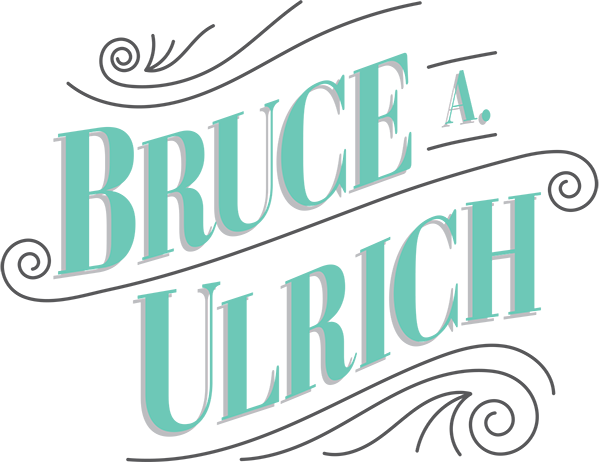Making Picture Frames // DIY Handmade Gifts
VIDEO
In this video, I show how I made a couple of DIY picture frames from some nice hardwood. I made these for my wife’s birthday, and I love the way they turned out. Watch the video below and follow along with the rest of the article:
BACKGROUND
I purchased a print from William Walker Co. a while back with the idea of giving it to my wife, but it needed a nice frame. I finally did this and made her a frame out of white oak, and one out of walnut. I love how simple the angles and design of the frames are, yet elegant. Oh…and she loved them too, so that’s a great thing!
TOOLS & MATERIALS
Table saw - https://amzn.to/2C11FzS
Supermax drum sander - https://amzn.to/2q1u6GG
DeWalt planer - https://amzn.to/2CXLyo7
Jointer - https://amzn.to/2myoGBj (Mine is a Grizzly, but couldn't find a link for it)
Wood glue - https://amzn.to/2LiVSfe
Painter’s tape - https://amzn.to/2Fv3Uix
Bandsaw (same model as mine, but mine is anniversary edition)- http://amzn.to/2BI2xJV
Spray lacquer - https://amzn.to/2Dvqq88
Random orbit sander - https://amzn.to/2C0gR0k
STEPS
Picking out the lumber is key. I chose some pieces that had a bit of visual interest. Then, I started milling them up.
I started off by cross cutting them to rough length at the miter saw. Then, I took them over to the jointer to get one flat edge. From there, I could rip them on the table saw into the pieces I needed.
I ran into an issue at the table saw though. As I was cutting through this piece of figured walnut, it was binding on the saw blade and it made it incredibly difficult to push through. Don’t just power through when you feel something binding like this. That could be very dangerous. Instead, I stopped the saw, and then pulled the board back off of the blade.
I sent the board through again…and again it was binding. A lot of times, just sending it through again will widen that cut enough that you won’t have any other issues, but this board seemed to be quite tense. It just needed to chill out.
Finally, I went to a tactic I’ve used a good bit…cutting only about halfway through the board and then raising the blade the rest of the way, and cutting all of the way through it. By not cutting all of the way through it in one pass, I was able to relieve some of that tension, so that when I did the final cut, it didn’t bind on the blade.
CUTTING THE RABBETS
What exactly is a rabbet? The recess in the back of a picture frame that holds the glass, mat board and anything else is considered the rabbet. A rabbet is a partially-cut-through recess in a board that is also along the edge.
Next, I cut the rabbets in all of the pieces, as well as the angles for the decorative inside angle.
Next, I got out my 45 degree miter sled and started cutting the miters into each piece. I even doubled up the sides that were the same length, just to save time.
GLUING THEM UP
I’ve tried using some finish nails when assembling picture frames before, and that doesn’t always go so well. Sometimes, a nail will shoot out the side, and by the time you get it corrected, you’ve messed up the miter of your frame.
This time, I decided to just use painter’s tape for the “clamp.” It worked pretty well and I will definitely be using that method again.
Time to add the splines.
I started by cutting some splines in my now glued up frame with my spline jig. If you want to see more about this jig, go take a look at Make Something’s video he made. David has a cool design, and I modified his plans so they would fit my saw.
Once the splines were cut, all I had to do was prepare some spline material, and glue them in the slots.
NOTE: Don’t do what I did…don’t glue the splines in while the painter’s tape is still on there. That was a big mistake, because it caused some of the painter’s tape to get stuck inside of the cavity. It was pretty difficult to get out of there, so just make sure you take off the tape before gluing in your splines.
After the glue was dry, I came back with my bandsaw to clean up the splines. I cut off as much as I could without cutting into the frame, and then used a flush trim bit in the router to finish it off. This worked great!
FINISHING
To finish these frames, I used a tri-blend of boiled linseed oil, polyurethane and mineral spirits in equal parts. This makes the frames look amazing, but for some reason, it never would cure in my shop. This was strange to me, because I’ve never had the issue before. I ended up sanding that back off, since it stayed kind of goopy.
Then, I sprayed on a few coats of lacquer.
CONCLUSIONS
I love the way these frames turned out and how they look in our home!
We hung them in our front entry way, so we see them everyday when we pass by. Thanks so much for following along with this project, and if you haven’t already, please watch the video and give it a thumbs up, as well as leaving a comment. That tells YouTube that you like it, and they’re more likely to show it to even more people…helping me grow my channel.
I’ll see you on the next project very soon!

























